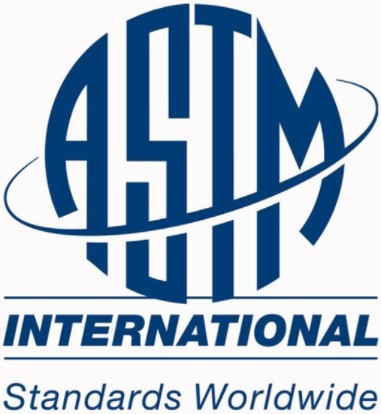The ASTM E1527 Task Group has worked diligently over the past several years to update the E1527 Standard, commonly referred to in the environmental and commercial industry as the Phase I ESA Standard. For almost 20 years, I have been a member of that Task Group, which consists of a variety of producers and users of Phase I ESAs, all of whom share the goals of: clarifying the processes and deliverables required by the U.S. Environmental Protection Agency (EPA) All Appropriate Inquiries Rule (AAI); and achieving consistency among Environmental Professionals (EPs). Publication of the revised ASTM E1527 Standard is anticipated before the end of November 2021.
Revisions you will see:
- Clarifications and improvements to the Recognized Environmental Condition (REC) definition, including a decision flow chart and additional scenario examples. The intention is to achieve greater consistency among EPs in formulating opinions on RECs, Controlled RECS, and Historical RECs.
- A new definition of “Property Use Limitation,” which is tied specifically to Controlled RECs. An EP must evaluate existing data for a known release and how they relate to a current regulatory program.
- A new definition of “Significant Data Gap,” which is a data gap that affects an EP’s ability to identify RECs. Any significant data gap must be summarized in the Conclusions section of the Phase I ESA Report.
- Clarifications regarding the historical review, including historical sources that must be reviewed for the Subject Property and adjoining properties. Justification must be provided in the Phase I ESA Report if these sources are not reviewed.
- Inclusion of historical uses of the Subject Property. Stating only that a building occupied the Subject Property during a certain period will not satisfy historical review requirements. The Standard clarifies specific uses of the building (e.g., for retail, manufacturing, or industrial purposes) also must be included, or the absence of that detail will constitute a historical data failure.
- Revisions to the Physical Setting review, which must consider information obtained and reviewed as part of the Regulatory Review. If an EP is aware of monitoring wells on a nearby property, for example, information regarding groundwater depth and flow direction should be discussed in the Physical Setting section.
- Required inclusion of a Site Plan and photographs of the Subject Property in the Phase I ESA Report. Believe it or not, some EPs do not provide these basic elements in their Phase I ESA Reports. Producers and users agree that this information is critical for Phase I ESAs.
- Clarification on emerging contaminants. Until these contaminants become regulated as a hazardous substance under CERCLA, evaluation of emerging contaminants is not included as part of a Phase I ESA and is considered a non-scope item. However, state-specific regulations may apply, so it is critical that EPs and users discuss how emerging contaminants will be addressed as part of the Phase I ESA prior to beginning work.
The revised E1527 Standard is largely a clarification of what is needed for a Phase I ESA to be considered complete, and to satisfy AAI requirements. For this reason, the revisions to E1527 will have little impact on many EPs as to the level of effort needed to produce a complete Phase I ESA Report, if the EP is currently satisfying the requirements of ASTME1527-13.
Once "E1527-21" is published, the E1527-13 Standard currently in effect will become a historical ASTM Standard. Note, however, that the current AAI references ASTM E1527-13 as the Standard to satisfy AAI requirements. EPA (also a member of the E1527 Task Group) is expected to update the current AAI within the next year to state that E1527-21 will satisfy AAI. In the meantime, EPs and users should work together to determine which ASTM E1527 Standard best meets their needs.
If additional information on ASTM E1527-21 would be helpful to you, please contact Tina Huff.

